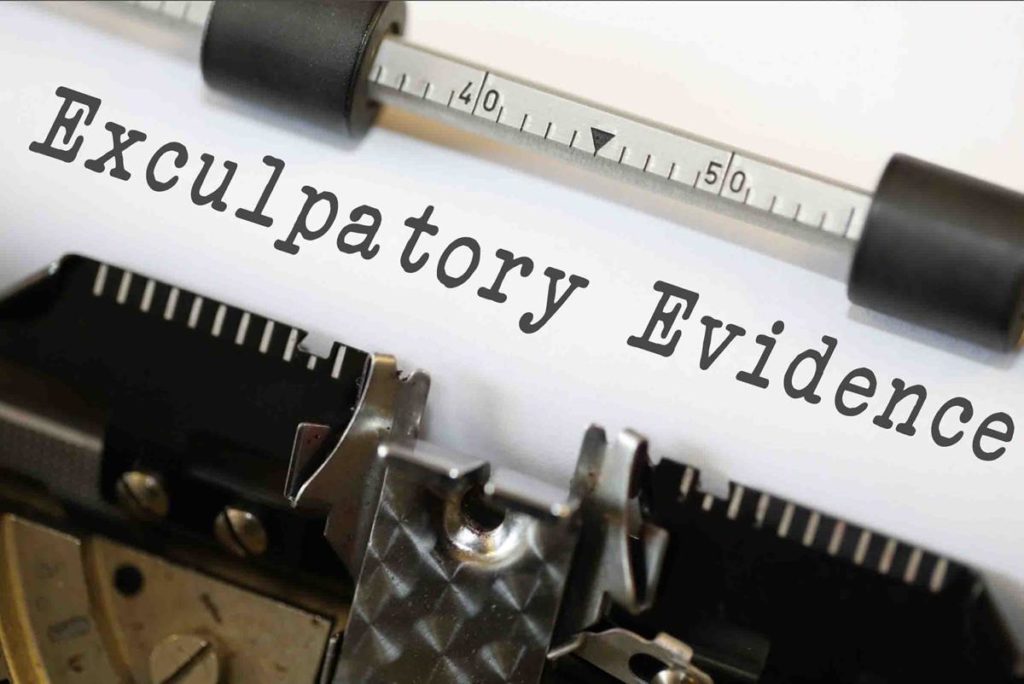The Rights of the Accused to Exculpatory Evidence
BRADY v. MARYLAND

John Leo Brady and his companion Donald Boblit were found guilty of murder in the first degree, and were both sentenced to death for the murder of 53-year-old William Brooks.
Brady and Boblit were tried separately. At his trial, Brady admitted participating in the crime but claimed that his companion did the actual killing.
Prior to the trial, Brady’s counsel had requested the prosecution to allow him to examine the companion’s extrajudicial statements. Several of these were shown to him; but one in which the companion admitted the actual killing was withheld by the prosecution and did not come to petitioner’s notice until after he had been tried, convicted and sentenced and after his conviction had been affirmed by the Maryland Court of Appeals. In a post-conviction proceeding, the Maryland Court of Appeals held that suppression of the evidence by the prosecutor denied petitioner due process of law, and it remanded the case for a new trial of the question of punishment, but not the question of guilt, since it was of the opinion that nothing in the suppressed confession “could have reduced [petitioner’s] offense below murder in the first degree.” [BRADY v. MARYLAND 373 U.S. 83 (1963)]
In a nutshell, Brady v. Maryland held that the prosecution violates the Due Process Clause when it fails to disclose material evidence favorable to the accused.
Brady v. Maryland is a landmark criminal procedure case that rivals Miranda v. Arizona in importance. It seeks to ensure that criminal defendants enjoy fair opportunities to defend themselves by providing them access to information that tends to show their innocence. [Law Shelf Educational Media. (n.d.) Defendants’ Rights to Exculpatory Evidence: Brady v. Maryland Retrieved from https://lawshelf.com/shortvideoscontentview/defendants-rights-to-exculpatory-evidence-brady-v-maryland]
The Brady rule rests on the notion that a criminal trial is a search for the truth. As Justice Fortas later asserted, ‘The State’s obligation is not to convict, but to see that, so far as possible, truth emerges.”[Hochman, Robert (1996) “Brady v Maryland and the Search for Truth in Criminal Trials,” University of Chicago Law Review: Vol. 63 : Iss. 4] [see also Giles v Maryland, 386 US 66, 98 (1967) (Fortas concurring)].
The Brady rule aims at discovering the truth and achieving fairness in the criminal process. Courts must take the utmost care when there is reason to doubt the accuracy of a conviction. When state actors have in their possession evidence that raises such doubts, then the courts must make them produce it. [Hochman. (1996). p. 1705]
Quick Backstory:
John L. Brady met Donald Boblit and his sister Nancy because their parents were good friends with his aunt. They soon became close, and he and Nancy fell in love. Then Nancy got pregnant. To show his commitment to the woman he loved, he wrote her a post-dated check for $35,000. However, John did not at that time have that amount of money. In fact, he was working at a local tobacco packing company for $1.50 an hour, had recently purchased a car, a 1947 Ford, and was behind his bill payments. He badly needed money.
He and Donald initially planned to rob a bank, but the success of which was not feasible with the use of his 1947 Ford. Hence, they plotted to take William Brooks’ car for their plan. Brooks, who is a long time acquaintance to Brady died in the process of the taking.
Thank you so much for keeping this blog alive! By doing so you have added fuel to my passion to pusue the ambition to become a lawyer. God bless and Stay safe in these trying times!
You’re welcome. I’m glad to hear that!
Pinay Jurist wishes you the best!
“The soul’s joy lies in doing.”
—Percy Bysshe Shelley